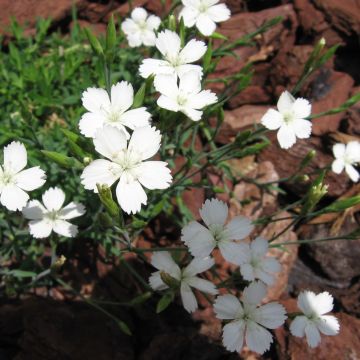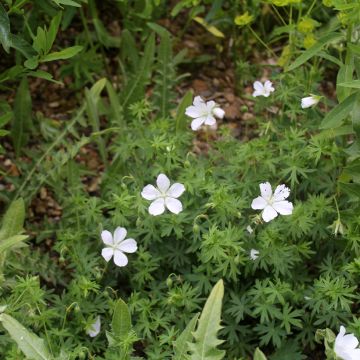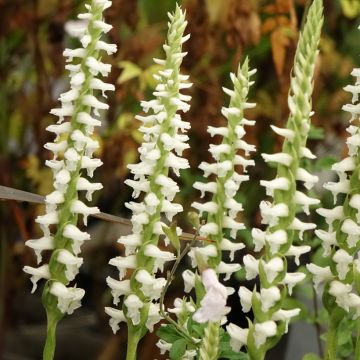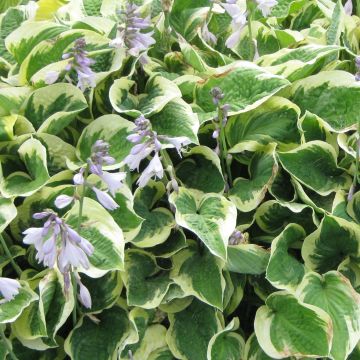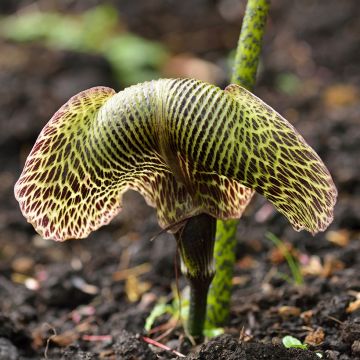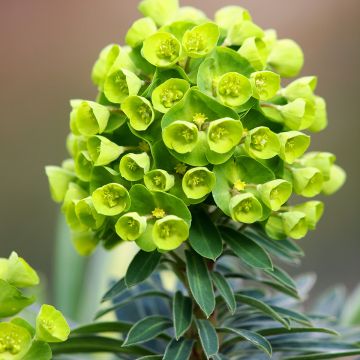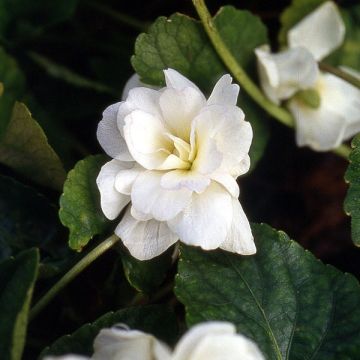

Disporum megalanthum
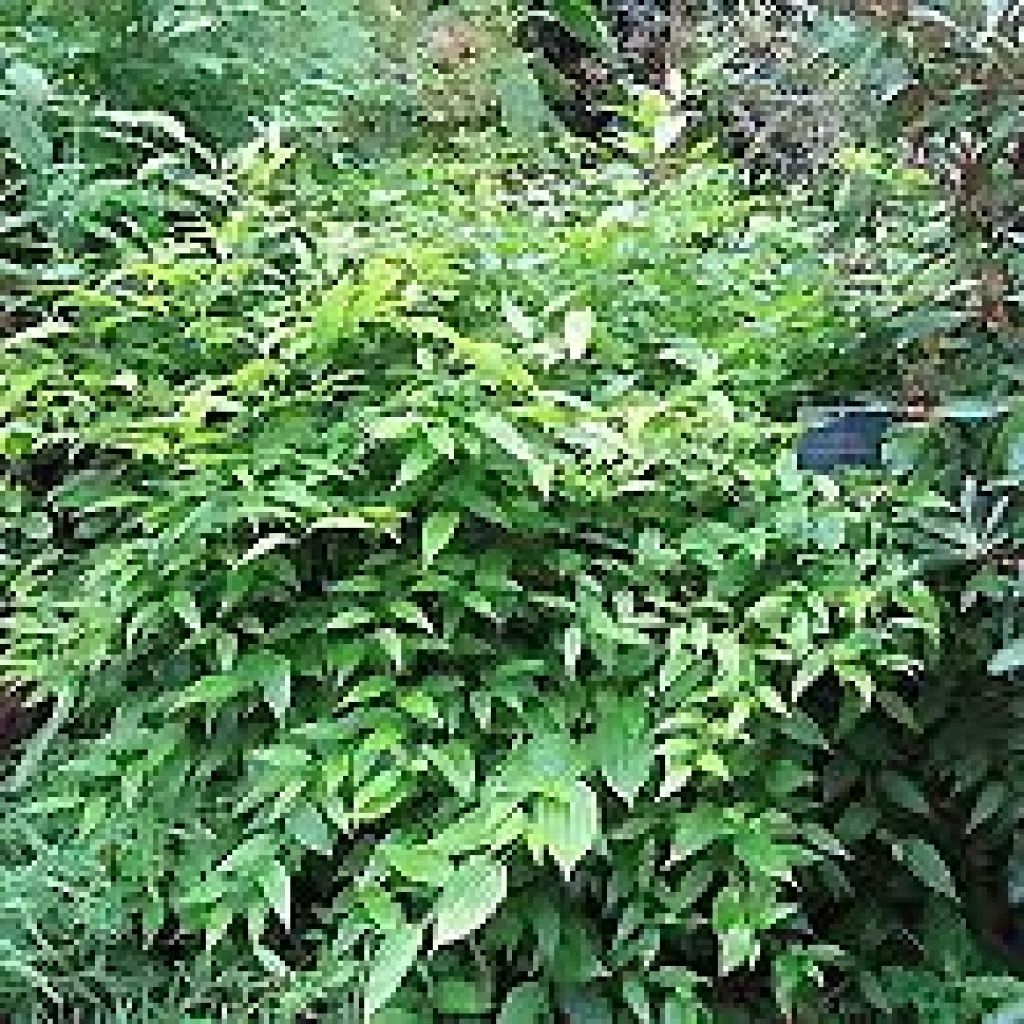

Disporum megalanthum
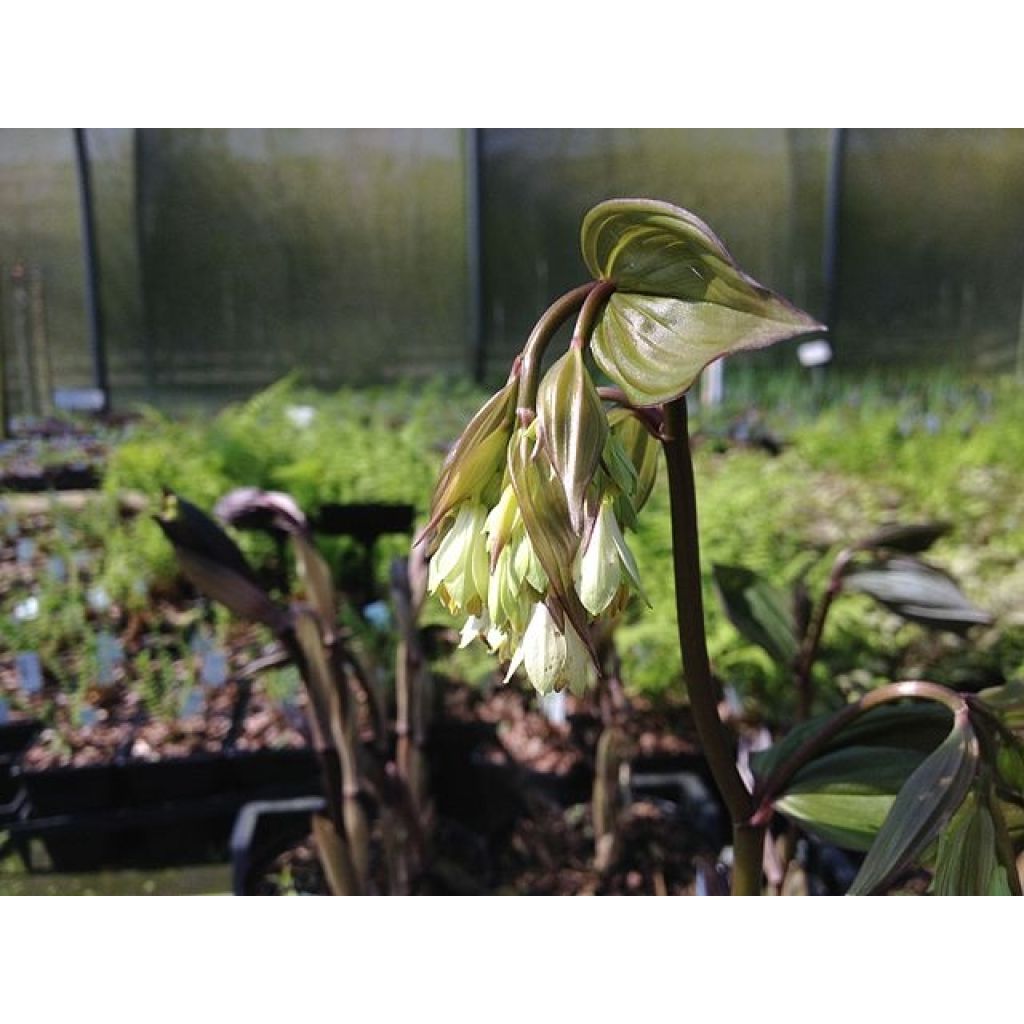

Disporum megalanthum
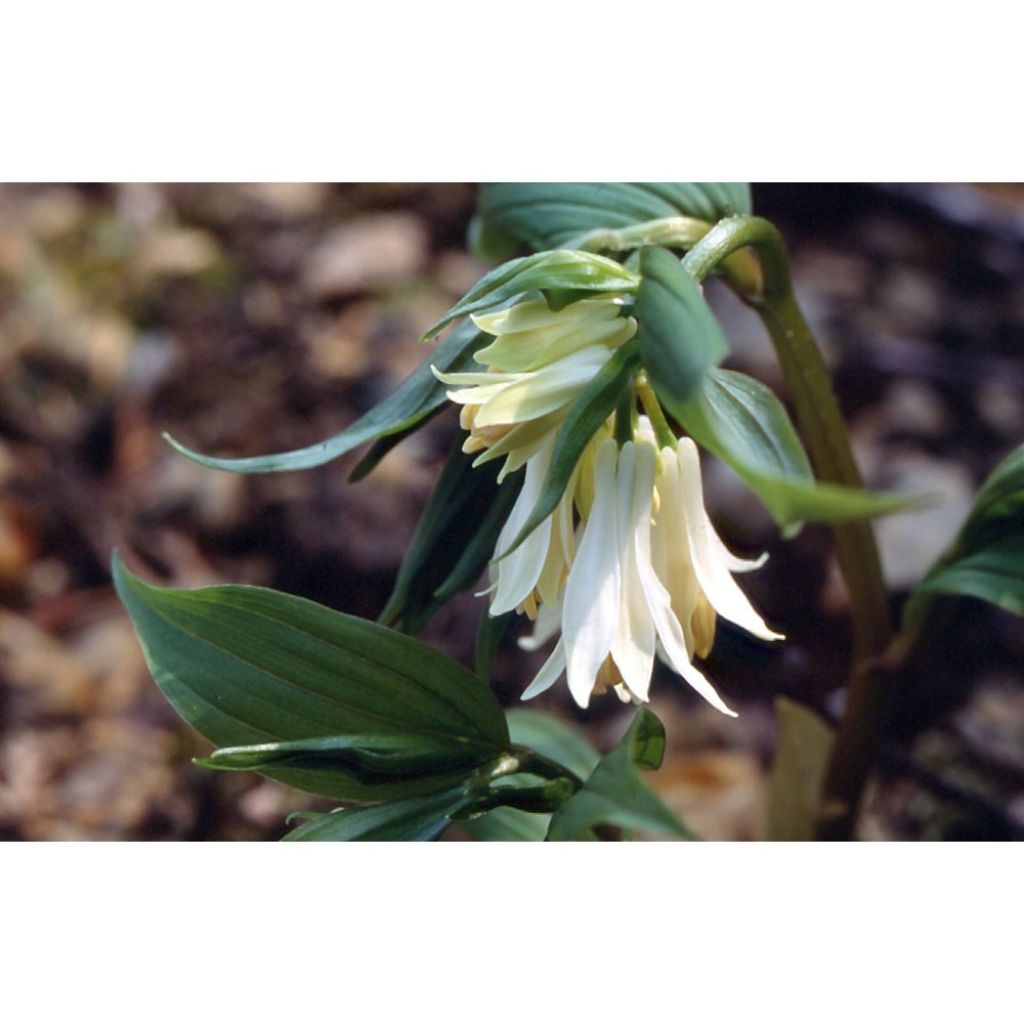

Disporum megalanthum
Disporum megalanthum
Disporum megalanthum
Fairy bells
Special offer!
Receive a €20 voucher for any order over €90 (excluding delivery costs, credit notes, and plastic-free options)!
1- Add your favorite plants to your cart.
2- Once you have reached €90, confirm your order (you can even choose the delivery date!).
3- As soon as your order is shipped, you will receive an email containing your voucher code, valid for 3 months (90 days).
Your voucher is unique and can only be used once, for any order with a minimum value of €20, excluding delivery costs.
Can be combined with other current offers, non-divisible and non-refundable.
Home or relay delivery (depending on size and destination)
Schedule delivery date,
and select date in basket
This plant carries a 12 months recovery warranty
More information
We guarantee the quality of our plants for a full growing cycle, and will replace at our expense any plant that fails to recover under normal climatic and planting conditions.
Would this plant suit my garden?
Set up your Plantfit profile →
Description
Disporum megalanthum is a unique and graceful Chinese perennial, similar to Solomon's Seal. It first forms young and powerful shoots of a burgundy red shade that unfold into a clump of shiny leaves. Then it is adorned with numerous cream-white bell-shaped flowers of beautiful size, followed by small decorative black berries. This particularly hardy species does not keep its foliage in winter. It is easily grown in humus-rich and moist soil, but well-drained, typically a woodland soil. A beautiful plant for shaded borders, which also adapts well in a pot on a shaded terrace or balcony.
Disporum megalanthum belongs to the family Colchicaceae according to classifications, originating from the forests of central China. It is a deciduous perennial with a creeping rhizome but without stolons, spreading over time without becoming invasive.
This plant produces quite spectacular young shoots, upright and arched, of dark red colour, which unfold into slightly branched stems that are both erect and trailing. It will form a clump with a flexible habit of about 60 cm (24in) in height, occupying at least 40 cm (16in) in area. The foliage consists of alternate leaves, measuring 5 to 12 cm (2 to 5in) in length and 3 to 5 cm (1 to 2in) in width, strongly lanceolate, elongated, with marked parallel veins. The lamina is dark green in colour, very shiny. Flowering takes place in May-June, in the form of slightly open tubular flowers, measuring 3 to 4 cm (1 to 2in) in length, pure white to cream white in colour, gathered in trailing clusters, arising from the terminal part of the stems or in the axils of the leaves. It is followed by spherical blue-black fruits, measuring 8 to 10 mm (1in) in diameter.
Disporum megalanthum is one of the easiest to grow in the genus, in shade and in soil that is not too dry, preferably non-calcareous. It will therefore appreciate the coolest areas of the garden, to which it will bring an exotic and graceful touch. It is easily grown in pots, which allows it to be associated on the patio with other larger plants that will provide the shade it seeks. This plant that requires little care and withstands the competition of tree and shrub roots, does not tolerate any drought. It can be planted in woodland or dappled sunlight (introduce several plants in a small area), to accompany the spring flowering of Magnolias, Rhododendrons, Pieris, Camellias, and other Hydrangeas. In these borders at the base of shrubs, for example, accompany it with Brunnera macrophylla 'Jack Frost', tulips 'Spring Green', and golden yellow ranunculus. Superb in a flowering pot, associate it with blue squills that will take over, place it under Fatsias, Papyrus, Colocasias...
Report an error about the product description
Disporum megalanthum in pictures
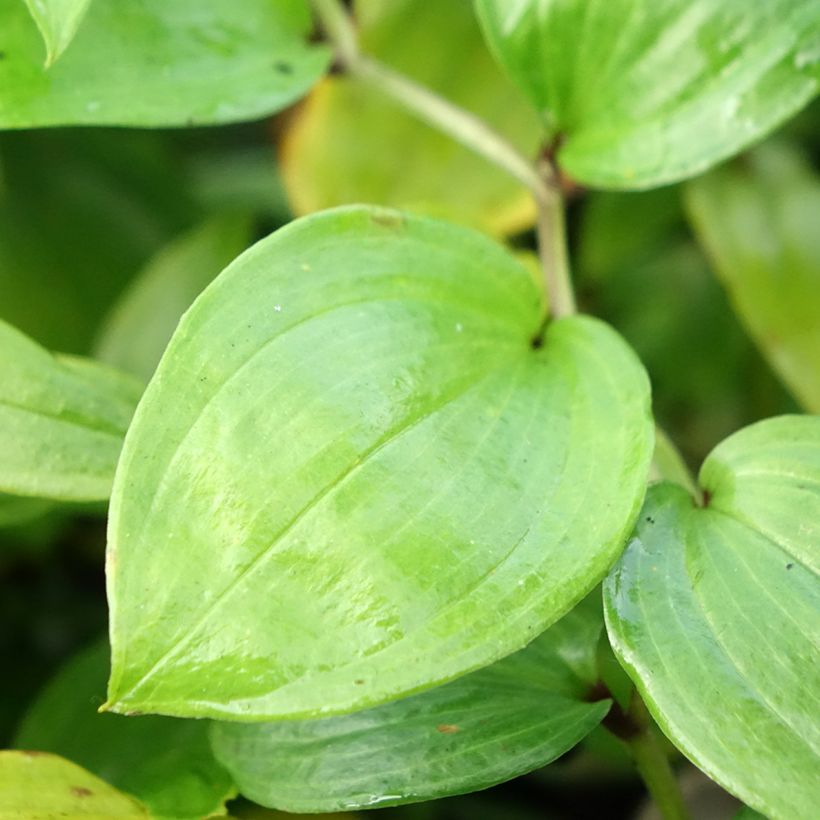

Flowering
Foliage
Plant habit
Botanical data
Disporum
megalanthum
Liliaceae
Fairy bells
China
Other Perennials A to Z
View all →Planting and care
Disporum megalanthum appreciates humus-rich, acidic to neutral, moist but well-drained soils. Soils that are too heavy with clay and waterlogged in winter can cause its roots to rot, and limestone is poorly tolerated. Plant it in partial shade or not too dense shade. Pot cultivation is easy in a substrate composed of pure leaf soil and regularly enriched with well-decomposed compost. Avoid watering with hard water, as this plant prefers rainwater. It is sometimes prone to attacks from gastropods and whiteflies. Divide clumps in spring.
Planting period
Intended location
Care
Planting & care advice
This item has not been reviewed yet - be the first to leave a review about it.
Similar products
Haven't found what you were looking for?
Hardiness is the lowest winter temperature a plant can endure without suffering serious damage or even dying. However, hardiness is affected by location (a sheltered area, such as a patio), protection (winter cover) and soil type (hardiness is improved by well-drained soil).

Photo Sharing Terms & Conditions
In order to encourage gardeners to interact and share their experiences, Promesse de fleurs offers various media enabling content to be uploaded onto its Site - in particular via the ‘Photo sharing’ module.
The User agrees to refrain from:
- Posting any content that is illegal, prejudicial, insulting, racist, inciteful to hatred, revisionist, contrary to public decency, that infringes on privacy or on the privacy rights of third parties, in particular the publicity rights of persons and goods, intellectual property rights, or the right to privacy.
- Submitting content on behalf of a third party;
- Impersonate the identity of a third party and/or publish any personal information about a third party;
In general, the User undertakes to refrain from any unethical behaviour.
All Content (in particular text, comments, files, images, photos, videos, creative works, etc.), which may be subject to property or intellectual property rights, image or other private rights, shall remain the property of the User, subject to the limited rights granted by the terms of the licence granted by Promesse de fleurs as stated below. Users are at liberty to publish or not to publish such Content on the Site, notably via the ‘Photo Sharing’ facility, and accept that this Content shall be made public and freely accessible, notably on the Internet.
Users further acknowledge, undertake to have ,and guarantee that they hold all necessary rights and permissions to publish such material on the Site, in particular with regard to the legislation in force pertaining to any privacy, property, intellectual property, image, or contractual rights, or rights of any other nature. By publishing such Content on the Site, Users acknowledge accepting full liability as publishers of the Content within the meaning of the law, and grant Promesse de fleurs, free of charge, an inclusive, worldwide licence for the said Content for the entire duration of its publication, including all reproduction, representation, up/downloading, displaying, performing, transmission, and storage rights.
Users also grant permission for their name to be linked to the Content and accept that this link may not always be made available.
By engaging in posting material, Users consent to their Content becoming automatically accessible on the Internet, in particular on other sites and/or blogs and/or web pages of the Promesse de fleurs site, including in particular social pages and the Promesse de fleurs catalogue.
Users may secure the removal of entrusted content free of charge by issuing a simple request via our contact form.
The flowering period indicated on our website applies to countries and regions located in USDA zone 8 (France, the United Kingdom, Ireland, the Netherlands, etc.)
It will vary according to where you live:
- In zones 9 to 10 (Italy, Spain, Greece, etc.), flowering will occur about 2 to 4 weeks earlier.
- In zones 6 to 7 (Germany, Poland, Slovenia, and lower mountainous regions), flowering will be delayed by 2 to 3 weeks.
- In zone 5 (Central Europe, Scandinavia), blooming will be delayed by 3 to 5 weeks.
In temperate climates, pruning of spring-flowering shrubs (forsythia, spireas, etc.) should be done just after flowering.
Pruning of summer-flowering shrubs (Indian Lilac, Perovskia, etc.) can be done in winter or spring.
In cold regions as well as with frost-sensitive plants, avoid pruning too early when severe frosts may still occur.
The planting period indicated on our website applies to countries and regions located in USDA zone 8 (France, United Kingdom, Ireland, Netherlands).
It will vary according to where you live:
- In Mediterranean zones (Marseille, Madrid, Milan, etc.), autumn and winter are the best planting periods.
- In continental zones (Strasbourg, Munich, Vienna, etc.), delay planting by 2 to 3 weeks in spring and bring it forward by 2 to 4 weeks in autumn.
- In mountainous regions (the Alps, Pyrenees, Carpathians, etc.), it is best to plant in late spring (May-June) or late summer (August-September).
The harvesting period indicated on our website applies to countries and regions in USDA zone 8 (France, England, Ireland, the Netherlands).
In colder areas (Scandinavia, Poland, Austria...) fruit and vegetable harvests are likely to be delayed by 3-4 weeks.
In warmer areas (Italy, Spain, Greece, etc.), harvesting will probably take place earlier, depending on weather conditions.
The sowing periods indicated on our website apply to countries and regions within USDA Zone 8 (France, UK, Ireland, Netherlands).
In colder areas (Scandinavia, Poland, Austria...), delay any outdoor sowing by 3-4 weeks, or sow under glass.
In warmer climes (Italy, Spain, Greece, etc.), bring outdoor sowing forward by a few weeks.
































